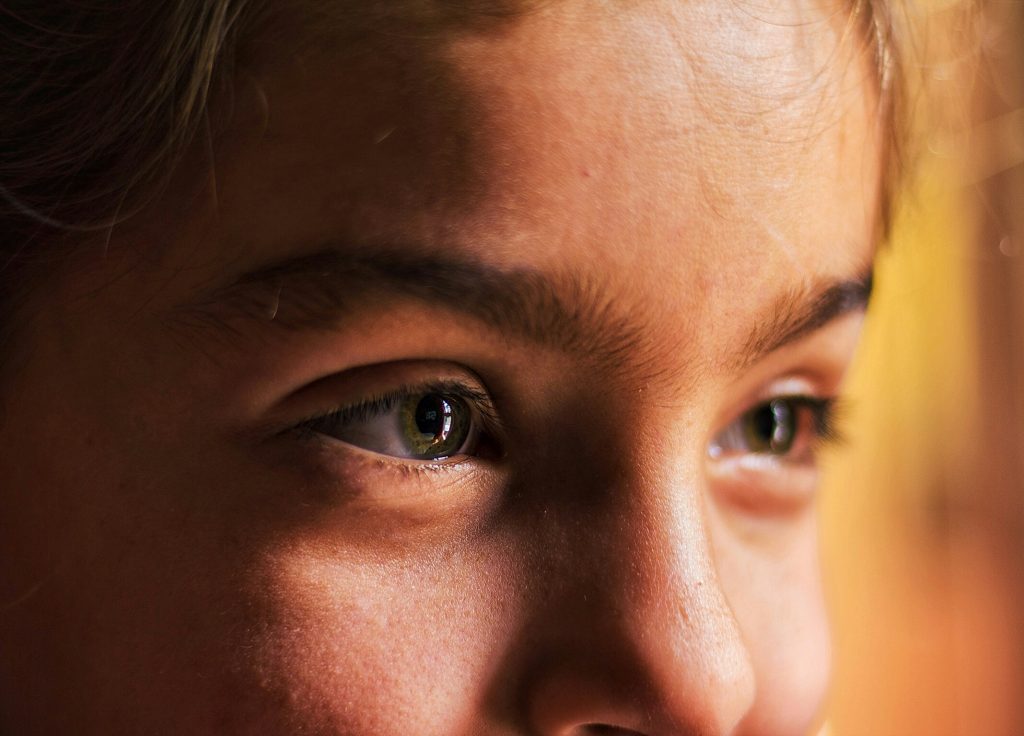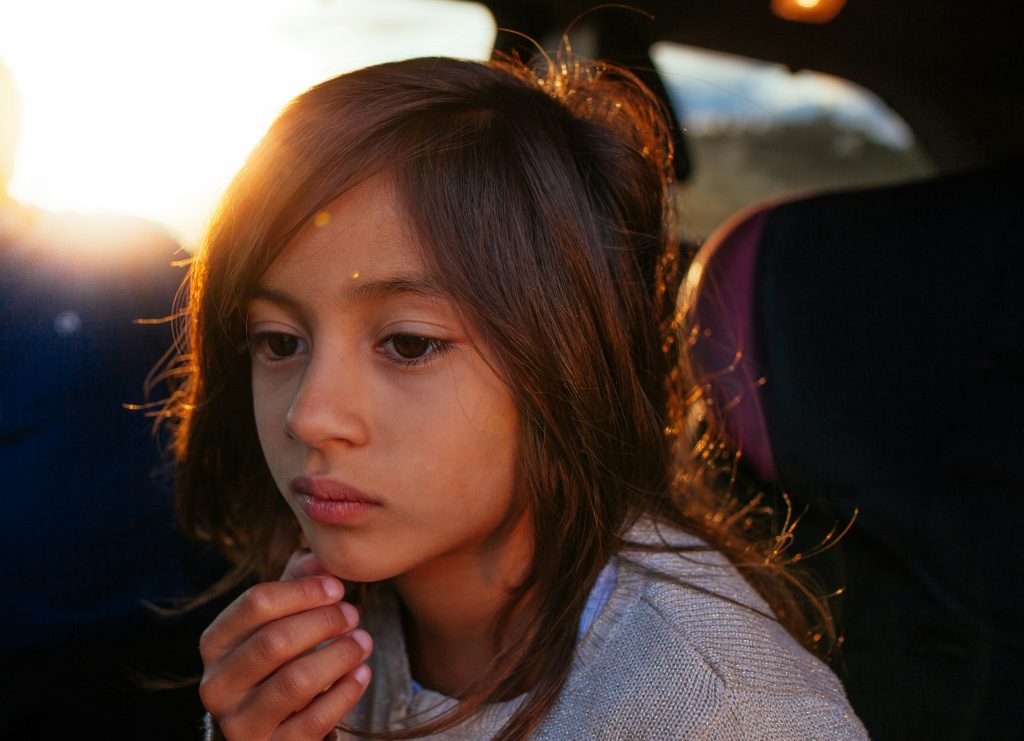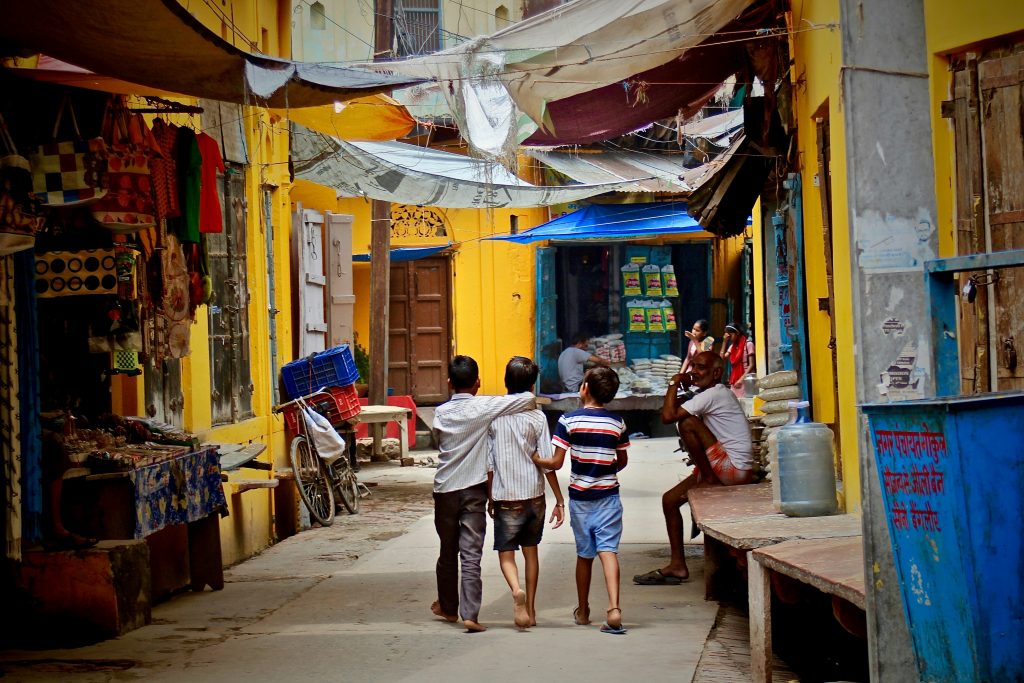Psychological well being difficulties are the main explanation for illness globally, with most occurring earlier than the age of 14. The rising instances of psychological well being issues amongst youngsters and younger individuals (CYP) over current years, partially attributable to the COVID-19 pandemic and widespread social isolation, subsequently presents a considerable public well being concern (Racine et al., 2021; Wykes et al., 2023).
Charges of suicide amongst CYP additional underscore the urgency of this problem. As highlighted in a evaluate by Edwards et al. (2024), which I blogged about earlier this yr, there’s rising demand for disaster companies on this inhabitants, pointing to the necessity for efficient preventive interventions. Regardless of the rising variety of evidence-based remedies for CYP (Kieling et al., 2011; Klasen & Crombag 2013), accessibility stays a major barrier, with many CYP dealing with lengthy ready occasions for remedy (Division of Well being, 2015; Radez et al., 2021). Efficient prevention is essential – not just for quick psychological and social advantages, but additionally for lowering the prevalence of psychological well being problems in maturity (Wykes et al., 2023).
This weblog will focus on a “evaluate of opinions” by McGovern et al. (2024) that aimed to map the sector of preventive interventions, figuring out promising approaches to cut back psychological well being issues in CYP, and offering proof to tell follow.

Efficient preventive interventions are required to assist youngsters and younger individuals earlier than the purpose of psychological well being disaster, and to cut back the worldwide burden of psychological well being difficulties.
Strategies
This evaluate adhered to PRISMA pointers and was pre-registered on PROSPERO. Six databases have been searched, alongside reference lists of related research and contacting authors working within the discipline to establish unpublished work. Research have been eligible to be included in the event that they have been systematic opinions of randomised managed trials (RCTs), quasi-experimental research, or end result evaluations of secondary preventive interventions for CYP (or their mother and father) aged 3-17 years outdated. No language or date restrictions have been utilized.
Two reviewers independently screened and evaluated research, with discrepancies resolved by dialogue or a 3rd researcher. Information was extracted utilizing a piloted type, with synthesis by intervention kind and high quality evaluation utilizing the AMSTAR 2. Critiques weren’t excluded primarily based on high quality, however this knowledgeable the arrogance within the proof synthesis. The vast majority of research have been rated as critically low (n = 23), with 12 rated as excessive, 5 as average, and 9 as low.
Outcomes
After screening, 54 papers reporting on 49 distinctive opinions have been included. These opinions included between 2 to 249 distinctive research (M = 34), with most (70%) being RCTs.
Critiques examined interventions that have been selective (n = 22), indicated (n = 15), or a mix of each (n = 12):
Selective interventions refer to those who goal stopping psychological sickness in CYP at elevated danger of creating psychological well being issues because of organic, psychological, or social danger elements.
Indicated interventions concentrate on stopping psychological sickness in CYP who’ve been recognized as having pre-clinical signs (Cho & Shin, 2013).
Selective interventions focused CYP dealing with adversity, minority teams, and younger moms, whereas indicated interventions addressed subclinical internalising issues, externalising issues, and self-harm.
Selective interventions
Excessive- to moderate-confidence opinions largely confirmed effectiveness for CYP dealing with adversity, significantly these with mentally sick mother and father.
Interventions like cognitive behavioural remedy (CBT), psychoeducation, and resilience-building actions confirmed reductions in psychological well being points, together with depressive signs and the incidence of internalising problems.
Artistic arts and household remedy additionally confirmed promising outcomes.
Nevertheless, one evaluate discovered no vital distinction in Publish-Traumatic Stress Dysfunction (PTSD), melancholy, or nervousness for CYP in humanitarian crises.
Average proof from one evaluate supported suicide prevention interventions in indigenous adolescents, although results on ideation or makes an attempt weren’t assessed.
Low- to critically-low-confidence opinions reported blended proof.
Indicated interventions
Excessive-confidence opinions indicated effectiveness in lowering externalising issues by means of school-based social abilities and resilience coaching, displaying small results post-intervention and at 12-month follow-ups.
CBT was efficient for subclinical internalising issues, lowering melancholy post-intervention, and at short-term follow-ups (e.g., 6 months), and nervousness in short-term follow-ups.
One evaluate discovered that dialectical behaviour remedy (DBT) confirmed effectiveness in lowering self-harm repetition.
Low- and critically-low-confidence opinions offered blended proof on varied indicated interventions, together with parenting applications and psychosocial approaches, with some effectiveness in lowering melancholy and nervousness.
Lastly, high- or moderate-confidence opinions of mixed secondary interventions usually discovered them to be efficient in lowering psychological well being issues equivalent to conduct dysfunction, melancholy, nervousness, and PTSD. Nevertheless, low- and critically-low-confidence opinions usually reported small results for externalising and internalising issues, with some exceptions displaying bigger reductions in nervousness.

This evaluate of opinions discovered proof for the effectiveness of preventive interventions delivered at each a person and household degree, with the strongest proof for selective interventions for kids and younger individuals dealing with adversity.
Conclusions
This systematic evaluate of opinions discovered a spread of proof supporting each selective and indicated interventions for at-risk CYP throughout varied populations and settings. Selective interventions, significantly for CYP who skilled adversity, confirmed the strongest proof of effectiveness. Efficient approaches included CBT, psychoeducation and household remedy, with a concentrate on danger discount and enhancing resilience. The proof for PTSD and self-harm particular interventions was restricted.
These findings spotlight the significance of preventative interventions for CYP dealing with adversity and recommend that incorporating resilience constructing and danger discount may enhance psychological well being outcomes for these susceptible to future difficulties.

McGovern et al.’s (2024) evaluate of opinions recognized a spread of preventive interventions for CYP at-risk of creating psychological well being issues. Nevertheless, whereas some interventions confirmed promise, there have been various ranges of confidence within the high quality of proof.
Strengths and limitations
This evaluate engages with a broad worldwide literature mapping a variety of preventive interventions, which permits for a extra strong synthesis of findings and will increase the chance of figuring out greatest follow throughout totally different contexts. This may also help to supply suggestions for coverage and follow which can be grounded in proof. Nevertheless, regardless of the extensive scope of this work, there have been few opinions included that examined interventions trialled in low-and-middle-income nations (LMICs). As LMICs are dwelling to roughly 90% of the world’s CYP, who’re at elevated danger of psychological well being difficulties because of social drawback, poverty, and adversity (Riberio et al., 2023), they’re an vital inhabitants to seize. This lack of proof suggests that there’s a lot we nonetheless have no idea.
Rigorous strategies have been used to make sure the reliability of the outcomes; nevertheless, for the reason that included opinions usually mixed estimates from varied preventive interventions, it was difficult for this evaluate of opinions to confidently establish which interventions have been the simplest. Because of this whereas this evaluate is ready to present an accessible overview of present proof, addressing a number of sub-populations of CYP in a wide range of contexts, it has not been in a position to pool the results of various interventions in meta-analysis, limiting its conclusive capability.
That stated, it is crucial to not examine apples and oranges. This evaluate of opinions contains findings from research with broad age ranges, variations within the depth and period of interventions, and variations as compared situations. Combining these outcomes might result in deceptive conclusions and inaccurate generalisations which may lead to much less efficient implementation of those interventions. Additional, conducting a evaluate of opinions has meant that some particular person research are reported in a number of opinions. Together with the identical particular person research in a number of opinions can result in double counting of proof, skewing the general conclusions and doubtlessly overstating the effectiveness or affect of sure interventions.

Few opinions have been included from low-and-middle-income nations (LMICs). On condition that 90% of the world’s youngsters and younger individuals reside in LMICs, additional analysis is required to discover the effectiveness and availability of preventative interventions in these settings.
Implications for follow
The findings from this evaluate of opinions highlights that efficient preventive interventions usually mix a number of elements centered on danger discount and resilience enhancement throughout behavioural, interpersonal, cognitive, and emotional domains. A holistic strategy to psychological well being in CYP is crucial as a result of all these domains are deeply interconnected, with every influencing the others. For instance, enhancements in emotional regulation (emotional) can scale back impulsive behaviours (behavioural), which in flip can strengthen relationships with friends and household (interpersonal). Equally, fostering optimistic considering and problem-solving abilities (cognitive) may also help CYP handle stress and address challenges extra successfully, lowering the chance of emotional misery. These interactions imply that addressing only one area in isolation is probably not enough for long-term psychological well being enhancements, whereas a complete strategy that targets all domains creates a extra supportive and resilient basis for psychological well-being.
The identification of promising selective interventions might negate the necessity for particular person danger identification, as a result of these interventions are designed to focus on particular teams of CYP who share widespread danger elements, reasonably than counting on an in depth evaluation of particular person dangers. This strategy permits for extra environment friendly and efficient allocation of assets, as interventions could be carried out at a inhabitants degree to assist these in danger with out the need of assessing everybody’s distinctive circumstances. In distinction, the identification of promising indicated interventions permits for focused assist for CYP who’re already exhibiting early indicators of psychological well being difficulties or who’re at excessive danger of creating such points. The good thing about indicated interventions lies of their proactive nature; by addressing points at an early stage, they’ll forestall the escalation of psychological well being issues and enhance total functioning and well-being. This focused technique also can improve useful resource effectivity, because it focuses efforts on those that are most certainly to profit from intervention.
Throughout my time working in Tier 4 Inpatient Youngster and Adolescent Psychological Well being Companies (CAMHS), I cared for CYP in disaster who have been unable to handle their psychological well being locally. I continuously heard in regards to the boundaries they and their households confronted in accessing acceptable assist, usually noticing modifications in behaviour and vulnerabilities lengthy earlier than hospitalisation. The restrictive nature of inpatient care and separation from their social atmosphere highlighted to me the necessity for preventive interventions. This evaluate exhibits promising progress on this space, providing hope that CYP and their households can obtain community-based assist to handle their psychological well-being and stop future sickness and crises
Suggestions for implementation
Prioritise early intervention for CYP who’ve skilled adversity to forestall the event of psychological well being issues.
Offering complete coaching for practitioners and stakeholders ensures that they’ve the mandatory abilities and information to successfully implement interventions.
Constructing native capability additionally fosters possession and dedication to the initiatives.
Embedding interventions inside current psychological well being companies or instructional frameworks helps to make sure ongoing assist and reduces the burden of building fully new methods. This integration additionally promotes continuity of take care of CYP.
Interventions needs to be designed to be adaptable to totally different settings, cultures, and populations, permitting them to be related and efficient throughout numerous communities. This flexibility facilitates wider adoption and integration into current methods.
Securing sustainable funding sources is crucial for the long-term viability of interventions.

Complete preventive intervention throughout a number of domains have proven effectiveness in bettering psychological well being outcomes for kids and younger individuals. Nevertheless, there’s nonetheless so much that we have no idea.
Assertion of pursuits
None.
Hyperlinks
Main paper
McGovern, R., Balogun-Katung, A., Artis, B., Bareham, B., Spencer, L., Alderson, H., … & Kaner, E. (2024). The effectiveness of preventative interventions to cut back psychological well being issues in at-risk youngsters and younger individuals: a scientific evaluate of opinions. Journal of Prevention, 1-34.
Different references
Cumber, B. (2024). Are disaster responses for kids and younger individuals efficient? The Psychological Elf.
Cho, S. M., & Shin, Y. M. (2013). The promotion of psychological well being and the prevention of psychological well being issues in youngster and adolescent. Korean Journal of Pediatrics, 56(11), 459–464.
Edwards, D., Provider, J., Csontos, J., Evans, N., Elliott, M., Gillen, E., … & Williams, L. (2024). Disaster responses for kids and younger individuals–a scientific evaluate of effectiveness, experiences and repair organisation (CAMH‐Disaster). Youngster and Adolescent Psychological Well being, 29(1), 70-83.
NHS England (2015). Future in thoughts: Selling, defending and bettering our youngsters and younger individuals’s psychological well being and wellbeing. Division of Well being.
Kieling, C., Baker-Henningham, H., Belfer, M., Conti, G., Ertem, I., Omigbodun, O., … & Rahman, A. (2011). Youngster and adolescent psychological well being worldwide: proof for motion. The Lancet, 378(9801), 1515-1525.
Klasen, H., & Crombag, A. C. (2013). What works the place? A scientific evaluate of kid and adolescent psychological well being interventions for low and center revenue nations. Social Psychiatry and Psychiatric Epidemiology, 48, 595-611.
Racine, N., McArthur, B. A., Cooke, J. E., Eirich, R., Zhu, J., & Madigan, S. (2021). International prevalence of depressive and nervousness signs in youngsters and adolescents throughout COVID-19: a meta-analysis. JAMA Pediatrics, 175(11), 1142-1150.
Radez, J., Reardon, T., Creswell, C., Orchard, F., & Waite, P. (2021). Adolescents’ perceived boundaries and facilitators to looking for and accessing skilled assist for nervousness and depressive problems: a qualitative interview examine. European Youngster & Adolescent Psychiatry, 1-17.
Ribeiro, W. S., Grande, A. J., Hoffmann, M. S., Ziebold, C., McDaid, D., Fry, A., Peixoto, C., Miranda, C., King, D., Tomasi, C. D., Faustino, C., Leone, S., Moraes, S., Schäfer, A. A., Alves, V., Rosa, M. I., & Evans-Lacko, S. (2023). A scientific evaluate of evidence-based interventions for youngster and adolescent psychological well being issues in low- and middle-income nations. Complete Psychiatry, 121, 152358.
Wykes, T., Bell, A., Carr, S., Coldham, T., Gilbody, S., Hotopf, M., … Creswell, C. (2021). Shared objectives for psychological well being analysis: what, why and when for the 2020s. Journal of Psychological Well being, 32(6), 997–1005.








